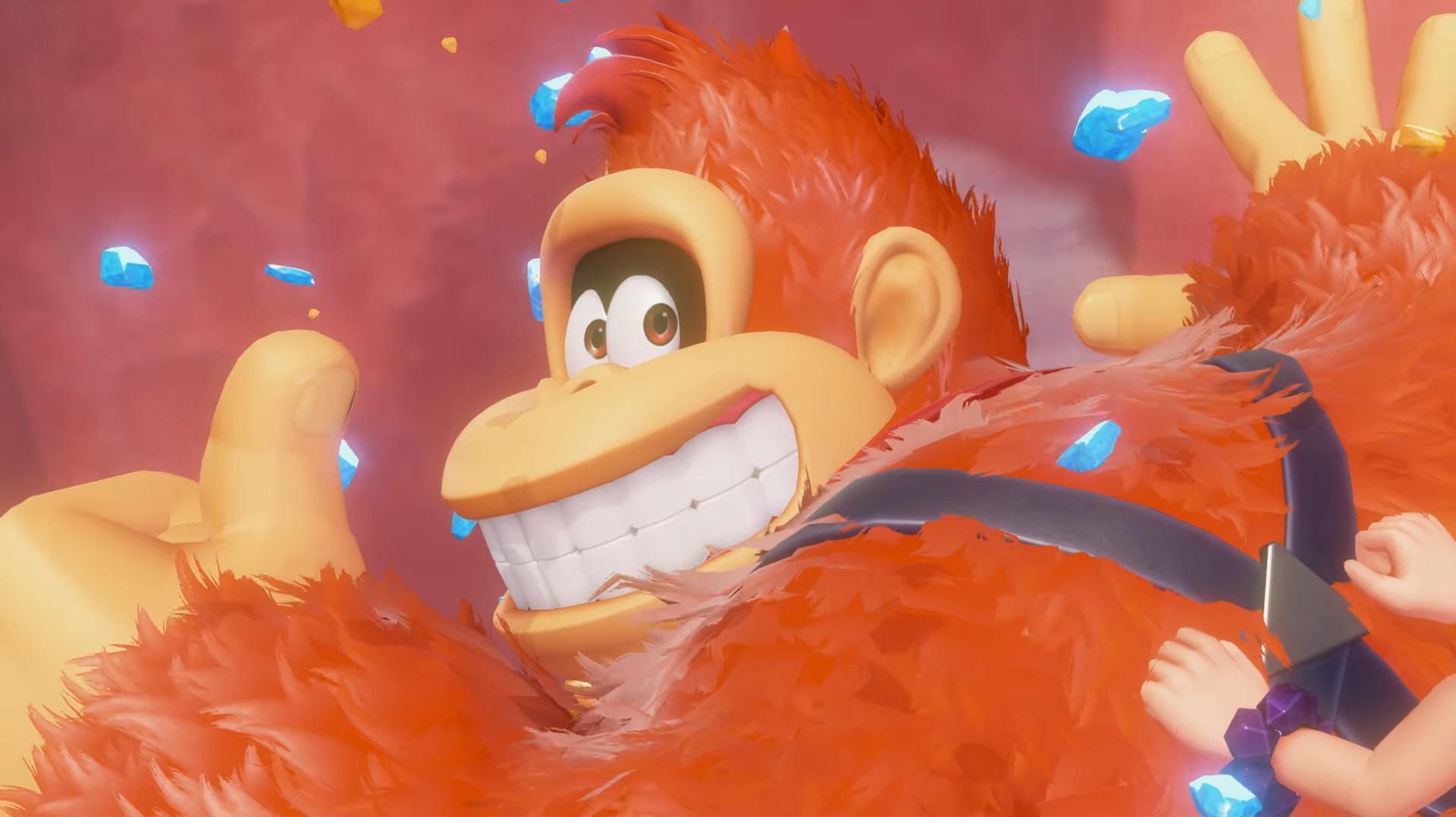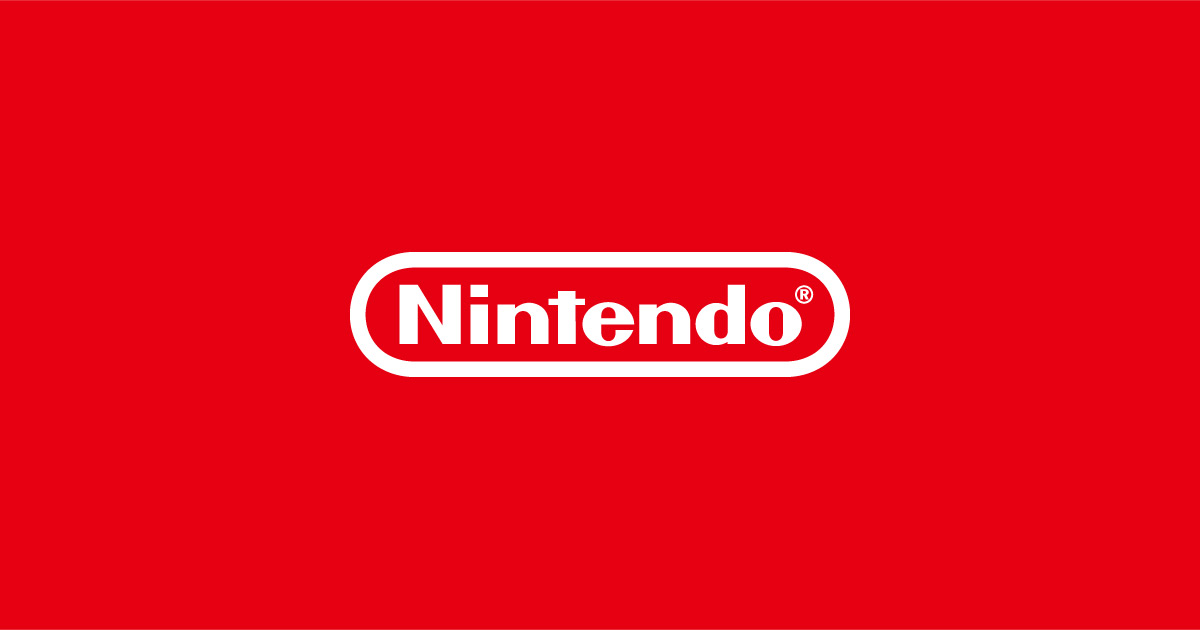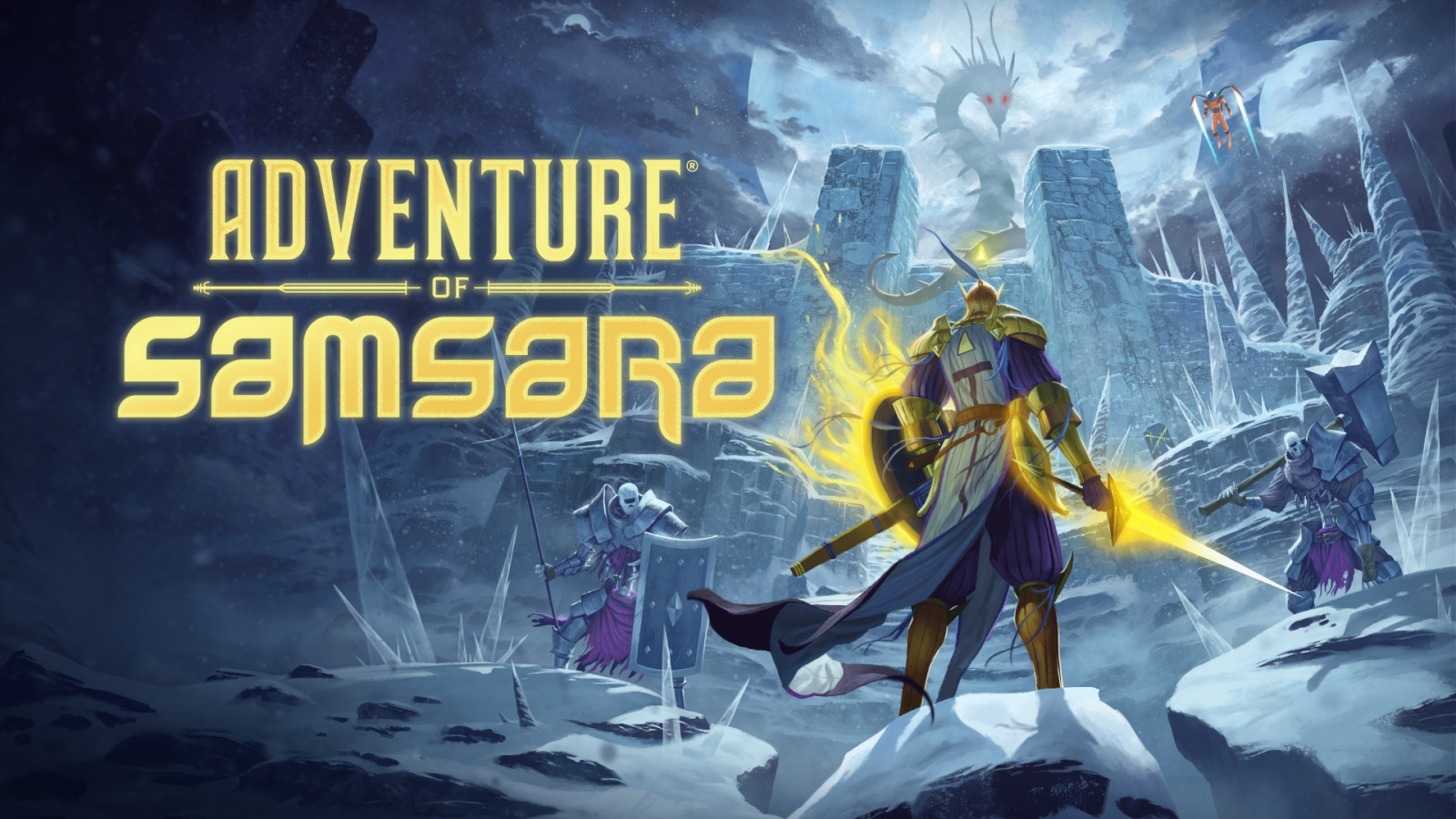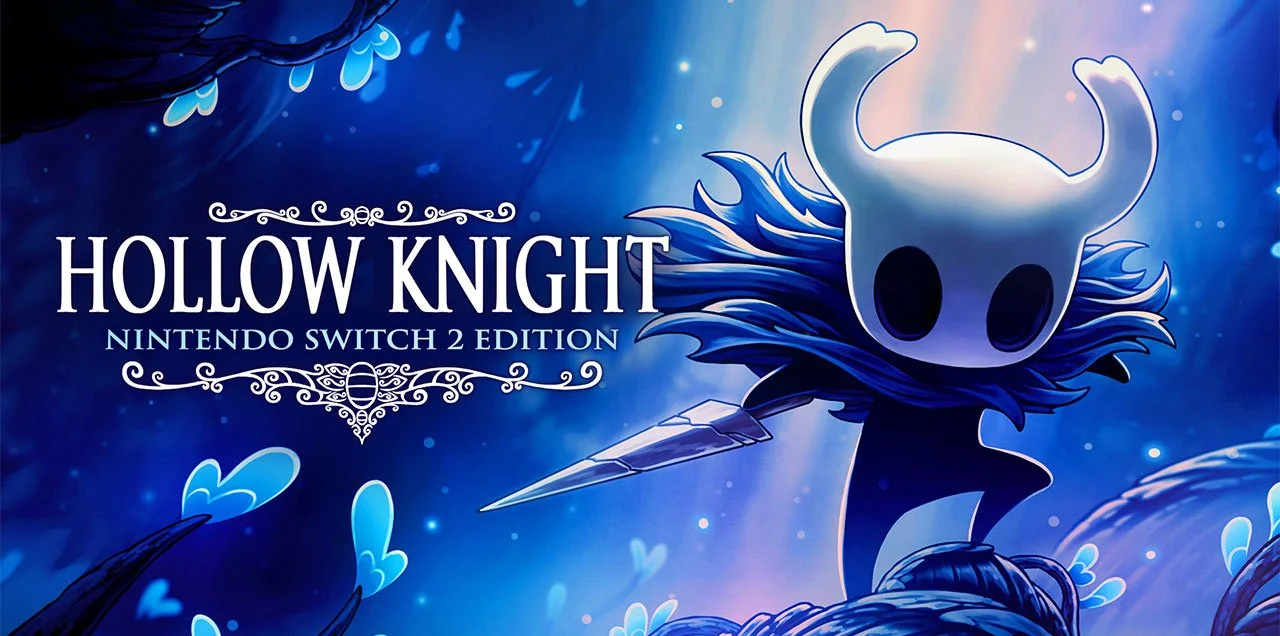Donkey Kong Bananza: Why Nintendo Transitioned Development to Nintendo Switch 2
Donkey Kong Bananza, Nintendo’s much-anticipated entry into the classic franchise, made headlines recently as developers revealed key insights into its journey from Nintendo Switch (Switch 1) to the advanced Nintendo Switch 2 hardware.
This transition, undertaken midway through development, sheds light on both the technical hurdles faced and the new opportunities unlocked by Nintendo’s latest platform. Initially, Donkey Kong Bananza was conceived and prototyped for the original Nintendo Switch.
However, as development progressed, it became clear that the game’s ambition was beginning to exceed the limitations of the first-generation hardware.
In a feature interview with Nintendo Dream, key developers including co-director Wataru Tanaka, artist Daisuke Watanabe, and producer Kenta Motokura discussed the decision-making process and technical realities behind the switch to Switch 2. Tanaka explained that the question was never about the added difficulty but about feasibility on the earlier hardware.
"From a programmer’s standpoint, memory constraints would have been extremely challenging, making the scope of our expansive stages hard to realize on the original Switch," he stated.
According to Tanaka, the memory capacity of Switch 1 could not accommodate the sprawling levels and complex environmental destruction that define Donkey Kong Bananza. With the move to Nintendo Switch 2, the development team found themselves empowered by the improved hardware.
Tanaka shared, "The difference was clear: developers expressed their excitement about achieving a 60 frames per second frame rate, increasing the number of interactive and destructible objects, as well as making it easier to design chain reactions within destruction-heavy levels." The team’s positive reaction was driven by the significant increase in creative and technical flexibility provided by the upgraded system. While an early build was shown in Nintendo’s 'Ask the Developer' series, Tanaka clarified that the foundational structure remained the same, but critical components—particularly the advanced "lower floors" of environments—had not yet been implemented.
"Had we continued development on Switch 1 as it was, we realized it may not have been possible to bring our vision to life," Tanaka reflected. Artist Daisuke Watanabe further noted, "At that stage, the game struggled to maintain a stable 30 FPS, resulting in a feel and responsiveness that drastically differed from what players experience now." Producer Motokura added that even basic features, such as shadow rendering, were initially uncertain due to hardware limitations, and frequent drops in performance occurred when processing large amounts of gold or dynamic environmental changes.
Tanaka explained that the main challenge lay in the game's intensive voxel-based visual effects, especially when terrain fragments broke and scattered with each player interaction—a process requiring substantial real-time computation. Now fully optimized for Nintendo Switch 2, Donkey Kong Bananza runs at a consistent 60 frames per second, delivering vibrant environments and dynamic terrain destructibility previously unattainable on the original Switch.
This evolution in Donkey Kong’s legacy demonstrates how Nintendo’s investment in hardware innovation continues to open new creative frontiers for its developers. Donkey Kong Bananza is available now exclusively for Nintendo Switch 2 via Nintendo eShop.
For a look at early development footage and more detailed developer insights, visit Nintendo’s official channels and the 'Ask the Developer' series.
This transition, undertaken midway through development, sheds light on both the technical hurdles faced and the new opportunities unlocked by Nintendo’s latest platform. Initially, Donkey Kong Bananza was conceived and prototyped for the original Nintendo Switch.
However, as development progressed, it became clear that the game’s ambition was beginning to exceed the limitations of the first-generation hardware.
In a feature interview with Nintendo Dream, key developers including co-director Wataru Tanaka, artist Daisuke Watanabe, and producer Kenta Motokura discussed the decision-making process and technical realities behind the switch to Switch 2. Tanaka explained that the question was never about the added difficulty but about feasibility on the earlier hardware.
"From a programmer’s standpoint, memory constraints would have been extremely challenging, making the scope of our expansive stages hard to realize on the original Switch," he stated.
According to Tanaka, the memory capacity of Switch 1 could not accommodate the sprawling levels and complex environmental destruction that define Donkey Kong Bananza. With the move to Nintendo Switch 2, the development team found themselves empowered by the improved hardware.
Tanaka shared, "The difference was clear: developers expressed their excitement about achieving a 60 frames per second frame rate, increasing the number of interactive and destructible objects, as well as making it easier to design chain reactions within destruction-heavy levels." The team’s positive reaction was driven by the significant increase in creative and technical flexibility provided by the upgraded system. While an early build was shown in Nintendo’s 'Ask the Developer' series, Tanaka clarified that the foundational structure remained the same, but critical components—particularly the advanced "lower floors" of environments—had not yet been implemented.
"Had we continued development on Switch 1 as it was, we realized it may not have been possible to bring our vision to life," Tanaka reflected. Artist Daisuke Watanabe further noted, "At that stage, the game struggled to maintain a stable 30 FPS, resulting in a feel and responsiveness that drastically differed from what players experience now." Producer Motokura added that even basic features, such as shadow rendering, were initially uncertain due to hardware limitations, and frequent drops in performance occurred when processing large amounts of gold or dynamic environmental changes.
Tanaka explained that the main challenge lay in the game's intensive voxel-based visual effects, especially when terrain fragments broke and scattered with each player interaction—a process requiring substantial real-time computation. Now fully optimized for Nintendo Switch 2, Donkey Kong Bananza runs at a consistent 60 frames per second, delivering vibrant environments and dynamic terrain destructibility previously unattainable on the original Switch.
This evolution in Donkey Kong’s legacy demonstrates how Nintendo’s investment in hardware innovation continues to open new creative frontiers for its developers. Donkey Kong Bananza is available now exclusively for Nintendo Switch 2 via Nintendo eShop.
For a look at early development footage and more detailed developer insights, visit Nintendo’s official channels and the 'Ask the Developer' series.




